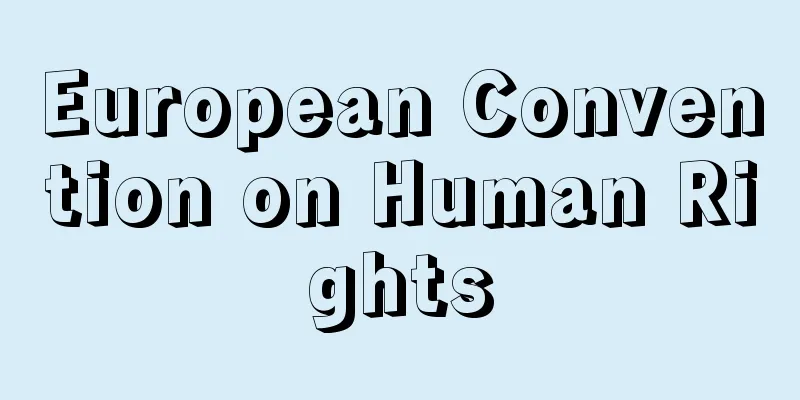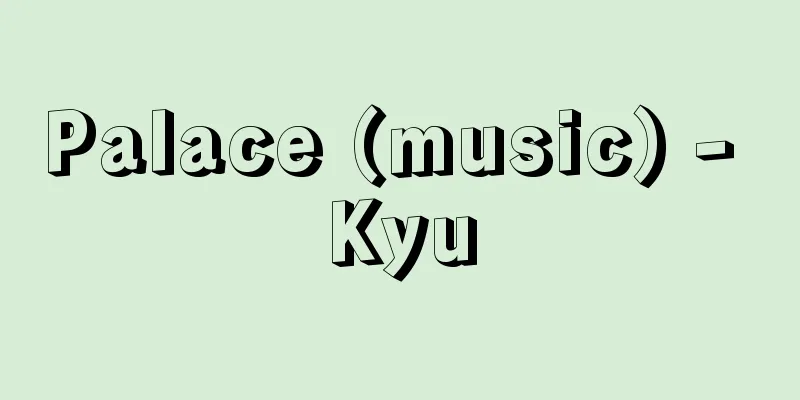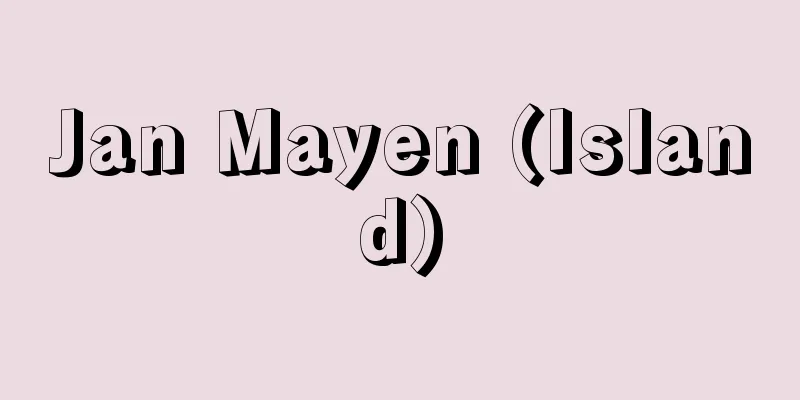European Convention on Human Rights

|
Formally called the "Convention for the Protection of Human Rights and Fundamental Freedoms," it was signed by the member states of the Council of Europe in Rome on November 4, 1950, and came into force on September 3, 1953. The purpose of this treaty is to take the first appropriate step to ensure the collective guarantee of some of the rights in the Universal Declaration of Human Rights, and any issues that could not be agreed upon at the time of signing or that were needed at a later date were supplemented by protocols, and 11 protocols had been created by 1998. Forty member states of the Council of Europe are parties to this treaty (Russia has only signed it as of April 1998). This treaty guarantees the civil and political rights, or so-called freedom rights, stipulated in the treaty and protocols to all people within the jurisdiction of the contracting states. In addition, the European Commission of Human Rights and the European Court of Human Rights were established to ensure the implementation of the treaty, and not only states but also individuals can apply to the commission under certain conditions. As of January 1, 1998, the Commission had handled approximately 117,000 cases, and by April 1998, the Court had received approximately 940 appeals. Protocol No. 11 stipulates the integration of the European Commission of Human Rights and the European Court of Human Rights, which came into force on October 31, 1998. As a result, the new European Court of Human Rights took over from the two previous institutions and began functioning on November 1, 1998. [Kentaro Serida] [References] |Source: Shogakukan Encyclopedia Nipponica About Encyclopedia Nipponica Information | Legend |
|
正式には「人権および基本的自由保護のための条約」とよばれ、1950年11月4日にローマにおいてヨーロッパ審議会加盟国によって調印され、1953年9月3日発効した。この条約は、世界人権宣言のなかのいくつかの権利の集団的保障を確保するのに適切な最初の手段をとることを目的とし、調印当時合意に至らなかったり、後日必要とされたものは、議定書によって補っていくという形式がとられ、1998年までに11の議定書が作成された。この条約にはヨーロッパ審議会の加盟40か国が参加している(ロシアは1998年4月時点では、調印のみ)。この条約は、締約国の管轄区域内にあるすべての人に、条約および議定書の定める市民的、政治的権利、いわゆる自由権を保障している。また、条約の履行確保のためヨーロッパ人権委員会、ヨーロッパ人権裁判所を設置し、委員会には国家だけでなく個人も一定の条件で申立てをすることができる。1998年1月1日時点で、委員会では約11万7000件が処理され、1998年4月までに裁判所には約940件の訴えがあった。なお、第11議定書はヨーロッパ人権委員会とヨーロッパ人権裁判所を統合することを定めており、この議定書は1998年10月31日に発効し、それを受けて同1998年11月1日から新ヨーロッパ人権裁判所が先の二つの機関を継承し機能を開始した。 [芹田健太郎] [参照項目] |出典 小学館 日本大百科全書(ニッポニカ)日本大百科全書(ニッポニカ)について 情報 | 凡例 |
<<: European Coal and Steel Community
Recommend
capital gain
...Income gains are income obtained by holding as...
Kasamatsu Village
…In the Edo period, this was a position that gove...
Cullie - Cullie
...In many cases, they were built as imarets (or ...
Onomatopoeia - Onomatopoeia
Words used to describe states that are not directl...
Korao people (English spelling) Gē lǎo zú
One of China's ethnic minorities. Population: ...
Pulmonata
…It can refer to all land mollusks, but more prec...
Shaishnaga Dynasty - Shaishnaga-cho (English spelling) Śaiśunāga
A dynasty in the ancient Indian kingdom of Magadha...
European Organization for Nuclear Research (ECNR)
→CERN Source: Shogakukan Encyclopedia Nipponica A...
Delphi technique
… [Intuitive method] This method makes use of hum...
Aresawagumugen - Raging Infinity
…He became a French citizen in 1955. Around this ...
Le Prince, JB (English spelling) LePrinceJB
...Pine resin powder is sprinkled on a copper pla...
Buddha Mother - Butsumo
[1] (noun) Buddhist term. ① The law (dharma) that ...
Umashikabihikoji no Mikoto - Umashikabihikoji no Mikoto
A god who appears at the beginning of Japanese myt...
Od Harkins' Law
… [Chemical elements and simple substances] An el...
Wrightson, P.
…The recent rise of children's literature in ...






![Anacletus [II] - Anacletus](/upload/images/67cf3253f2ecf.webp)


